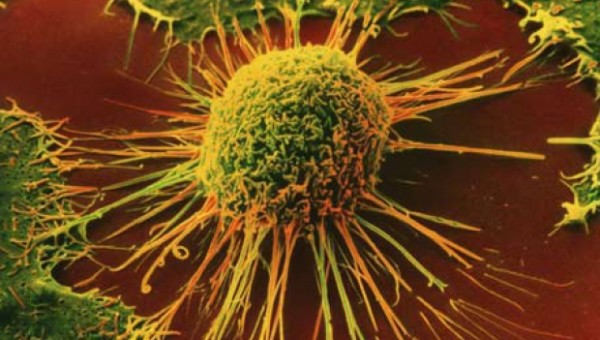
One of the biggest challenges facing health professionals today is the identification of rare cancer cells in the body. Early detection is vital in monitoring disease treatments, and when there are often only a minute amount of these tumour cells among millions of healthy ones, the problem becomes very apparent.
The fact is though that despite their small number these cells cannot be ignored; around 90% of deaths related to cancer are caused by their growth, and stem cell development is limited without their identification.
The current technology employs powerful digital cameras enhanced by microscopes, but this is simply not enough. To effectively analyse the cells as they circulate professionals require technology capable of routing through millions of identical cells in a short space of time, and a new camera developed by engineers at the University of California, Los Angeles should make this a lot easier.
The camera
The biggest problem with current cameras is that they’re neither fast nor sensitive enough, and the result is that they become considerably less effective at high speeds. The new camera, instead of relying on single-point light scattering is able to run continuously to detect rare cells with one part per million sensitivity, boasting a throughput of 100,000 cells per second.
The camera, which is an amalgamation of a number of current leading technologies, is able to perform real time identification of breast cancer cells in blood with a false-positive rate of one in a million – a record low. This means that enabling and detecting problematic cells as they circulate in the blood becomes a lot easier, and accurate early detection results in a more efficient treatment and recovery process for the patient.
The future
The team intend to perform further tests in collaboration with clinicians, and in doing so hope to prove the broad usefulness of their creation.
Provided that all is well, we should see the camera utilised in a range of areas not limited to cancer detection; urine analysis and water purification are also being targeted with the aim of disease detection and prevention, and no doubt other uses will also materialise as time progresses.
We’ve recently seen discoveries which give hope to the prevention of liver, prostate and lung cancer and with this technology we may begin seeing a lot more. Innovation in such a field is crucial, and this could be the biggest positive news in a while.
Rob likes to write about technology for DirectSight – a leading supplier of cheap prescription glasses.










Comments